We designed and implemented an optimal monitor assignment algorithm, which minimize the number of monitors needed to effectively infer link qualities in a multi-hop network based on the aggregated path measurements. This system faces the following challenges. First, it is difficult to obtain the dependency between the identifiability of a link and a particular monitor. Second, the measurement paths between monitors can cross boundaries of different graph components, causing the monitor assignment at these boundaries to depend on multiple graph components.
We propose OMA (Optimal Monitor Assignment), an optimal monitor assignment algorithm for preferential link tomography in communication networks. We theoretically prove the optimality of OMA, which says the number of monitors assigned by OMA is minimal for identifying all interesting links in the original graph. We implement and evaluate OMA by extensive simulations. The time complexity of OMA is linear in terms of the number of vertices and links, making it be able to assign monitors in large scale networks efficiently. Results show that OMA reduces the number of monitors significantly. This project is supported by NSF award 1526638.
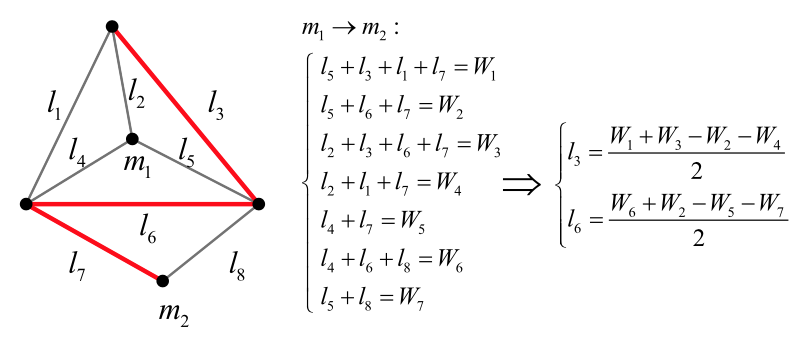
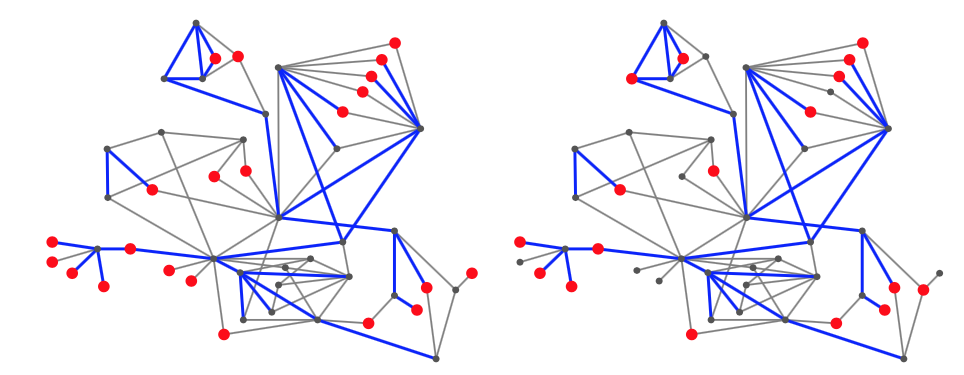
Stride-in-the-Loop Relative Positioning Between Users and Dummy Acoustic Speakers
We exploited the acoustic signal to design and implement a lightweight positioning system. This system may determine the relative position of a smart device, such as a smart phone, and a target with dummy speaker, such as a battery free speaker attached on smart clothes. This system faces the following challenges. First, it is hard to precisely determine the relative position when the acoustic signal is weak. Second, the acoustic signal suffers from interferences such as multipath effects, concurrent speakers and noisy environments. Third, the moment of mobile device is unpredictable and sudden change of moving directions may decrease the tracking accuracy.
We propose and implement a novel relative positioning system, which has little requirement on the targeted device. We design a novel algorithm for relative positioning by leveraging only the received acoustic signal without any additional information from the targets. We propose a group of acoustic processing methods to ensure robustness and ubiquity of our system in practical environments. We implement Walkie-Lokie and evaluate the performance in an empty room, an office and a typical shopping mall. For the case when a user is in the vicinity of a speaker, the mean errors of ranging and direction estimation are 0. 63m and 2.45 o respectively. In the shopping mall, the mean error is 1.28m for relative positioning, where the user walks arbitrarily in a 600m 2 area and speakers in 5 different places are located. This project is supported by NSF award 1526638.
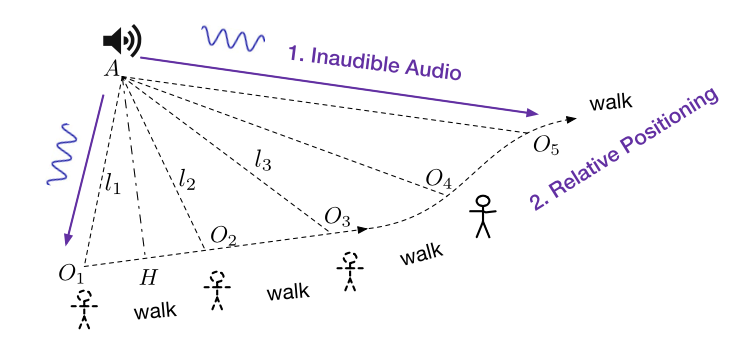

COFFEE: Coexist WiFi for ZigBee Networks - A Frequency Overlay Approach
We designed and implement a frequency overlay based approach to address the coexistence of Wi-Fi and wireless sensor network. Compared with previous time domain and frequency domain techniques, the proposed technique is able to work with existing Wi-Fi networks with little influence on the throughput. This system faces the following challenges. First, we have to enable the Wi-Fi nodes switch between the normal transmission mode and the coexistence mode seamlessly. Any modification of the subcarrier usage has to be recognized and properly handled without interrupting Wi-Fi data transmissions. Second, there should be a brand-new data processing scheme for subcarrier nullifying patterns. Third, the receiver should recognize this modification and handle subcarrier nullifying patterns correctly. And inevitably, such modification should also be compatible with standard Wi-Fi data transmissions.
We implement the proof-of-concept system with USRP, an open source software radio platform, where the impact of various factors, e.g., the SNR values, modulation schemes, et al., are illustratively examined. Real world experiment results show that COFFEE could improve network throughput nearly 3 folds comparing to the coexistence technologies in time domain. Even when Wi-Fi node would never share transmission time for ZigBee nodes, COFFEE could still enable the concurrent ZigBee transmissions with only 10% to 15% throughput reduction.
Our preliminary experiment results indicated that inference cancellation technique is possible to solve the potential frequency conflicts and to enhance the poor signal in battery-free networks. Thus, we try to adapt the technique for the significant difference between the signal intensity of WSN and battery-free network. We are still working on this approach based on COFFEE. This project is supported by NSF award 1526638.
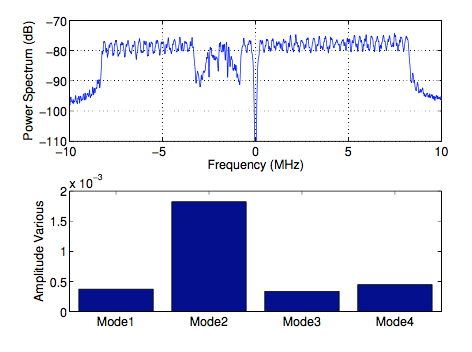
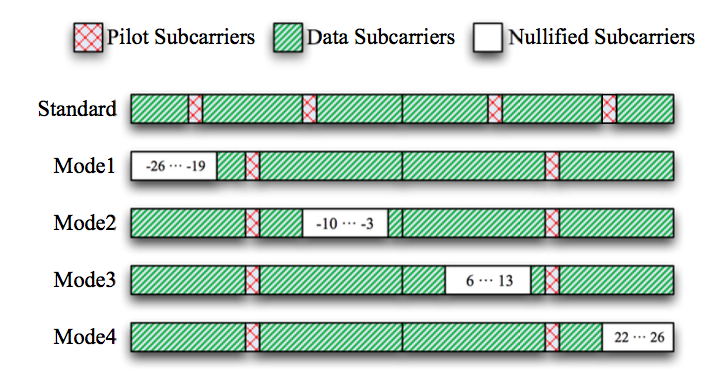
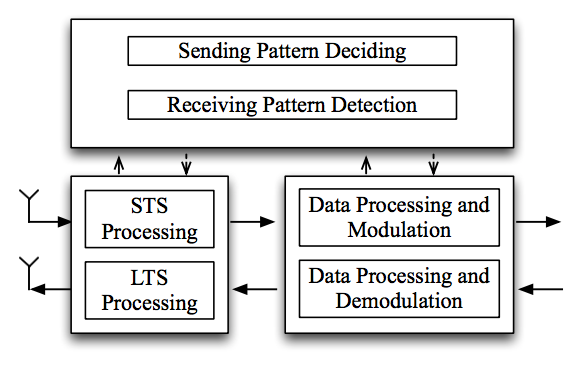
Anti-counterfeiting system using commercial-off-the-shelf (COTS) passive RFID tags and reader
We exploit a new kind of fingerprint, called phase fingerprint, extracted from the phase value of the backscattered signal, provided by the COTS RFID readers. Based on the fingerprint extracted, we devise a geometric solution to validate the genuineness of the product. This system faces the following challenges: first, it is hard to extract the fingerprint from measured phase due to the dependency of distance, especially when facing thousands of tags; second, phase fingerprint suffers a joint influence from reader and tag, making usage of different readers for fingerprint acquisition and validation stage impossible. We call this issue separation challenge.
To best of our knowledge, we are the first to propose the phase fingerprint. In addition, a fast and reliable approach is devised to automatically acquire these fingerprints. A large-scale experiment involving 6,000 tags is performed to demonstrate the stability and randomness of phase fingerprint. The results show that our new fingerprint exhibits a good fitness of uniform distribution over tags, outperforming the accuracy of tag classification. We jointly utilize federated tags’ fingerprints and geometric relationships for the genuineness validation. Our approach is a totally offline solution without any communication between consumer and product manufacturer. We design and implement the phase fingerprint based anti-counterfeiting system, purely based on COTS RFID devices, which makes the fast adoption and deployment possible. We systematically evaluate the system with extensive experiments and it achieves an Equal Error Rate of 0.1%. This project is supported by NSF award 1526638.
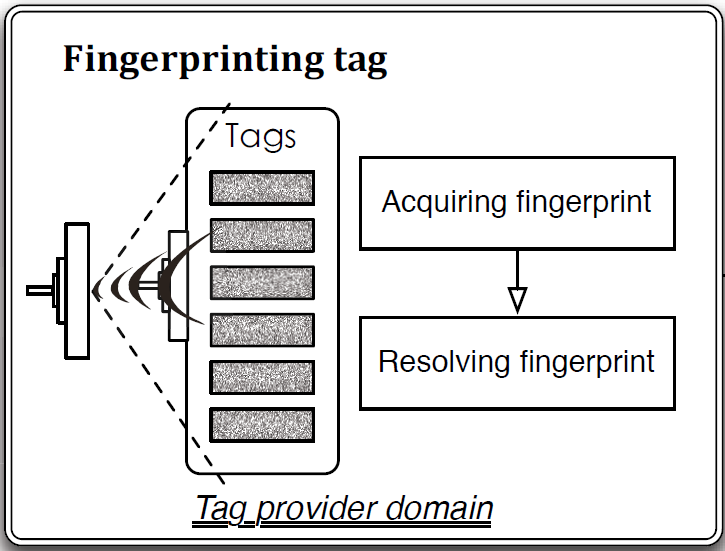
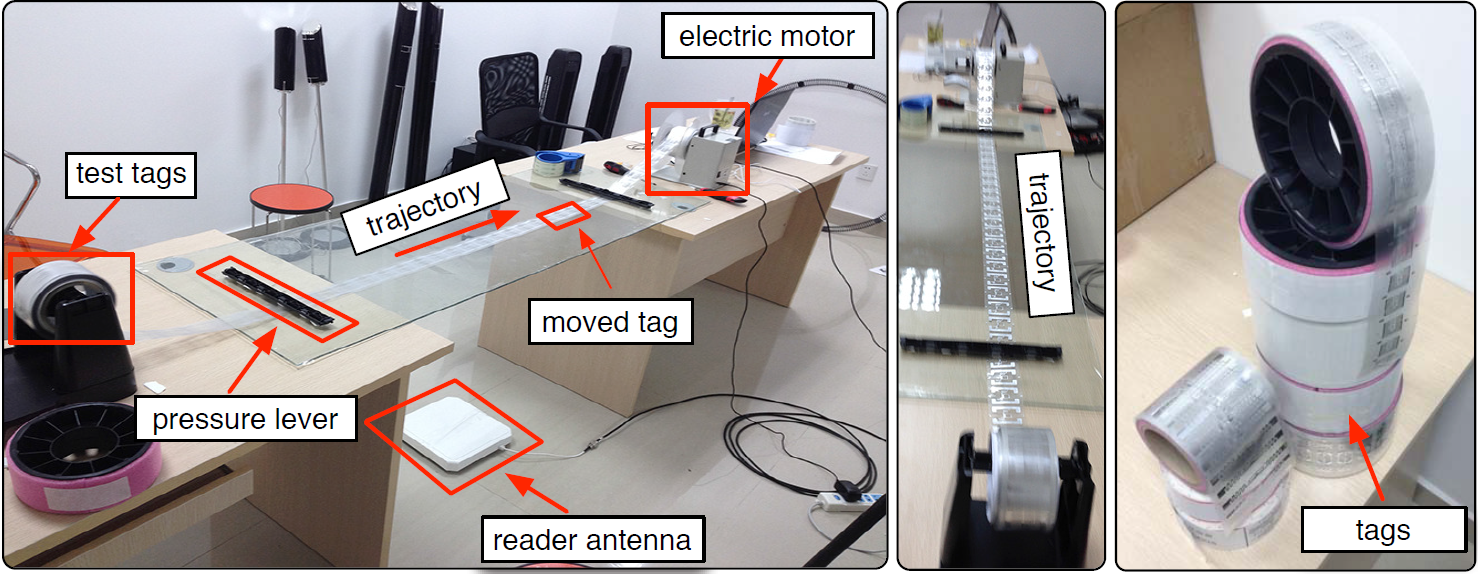
A battery-free system (Tagball) for 3D human-computer interaction
We design and build a system that traces the ball state (referring to its position and orientation) through N tags, which are attached on the ball. We combine the spatial- and time-domain positioning information by utilizing a dynamic model of Extend Kalman Filter for the ball, which cannot be solved via using any single positioning method.
To the best of our knowledge, Tagball is the first system that studies motion behaviors of a group of tags with known geometric relationships. It offers a novel way of human-computer interaction in 3D space, which overcomes the mouse’s limitations while inheriting its simplicity and usability. We view the ball as a whole and the phase measurements as the state observations. Then the technique of Extended Kalman Filter is introduced to trace the ball state, allowing part of tags not to be read and tolerating inaccurate phase measurements. Tagball is designed and implemented purely based on COTS RFID products, which makes the fast adoption and deployment possible. The systematical evaluation shows that it traces the ball location to 1.5cm and identifies ball orientation to 1.8◦ . This project is supported by NSF award 1526638.
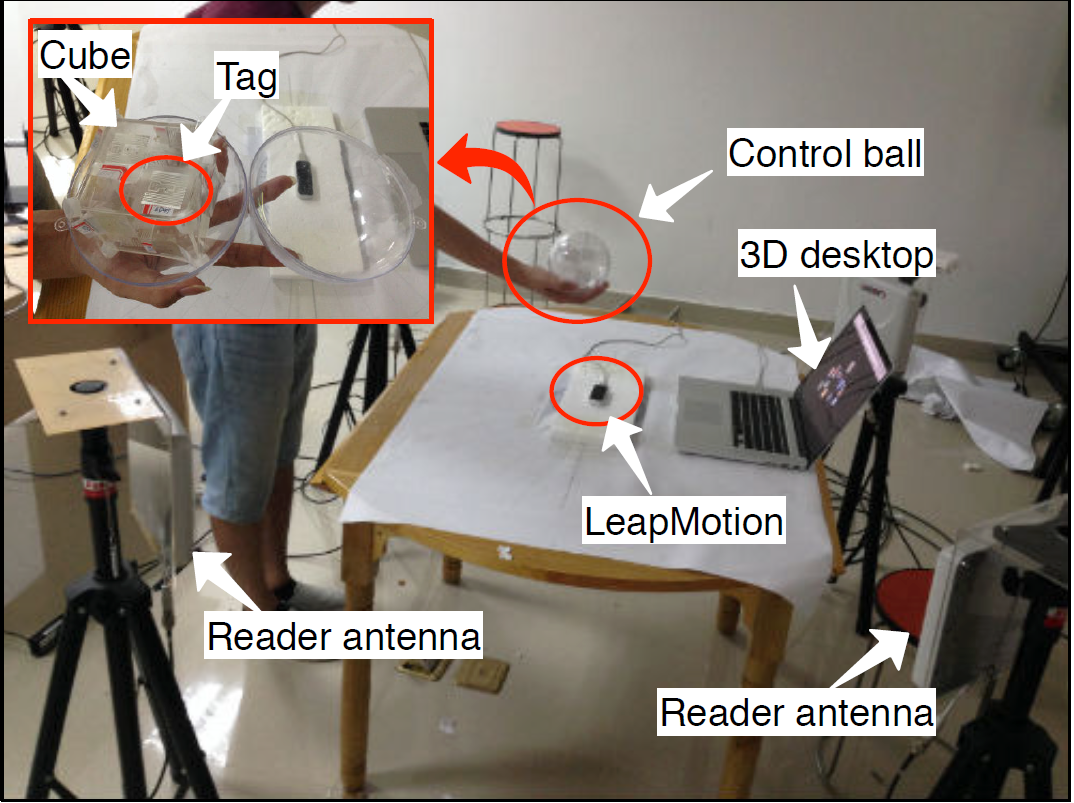
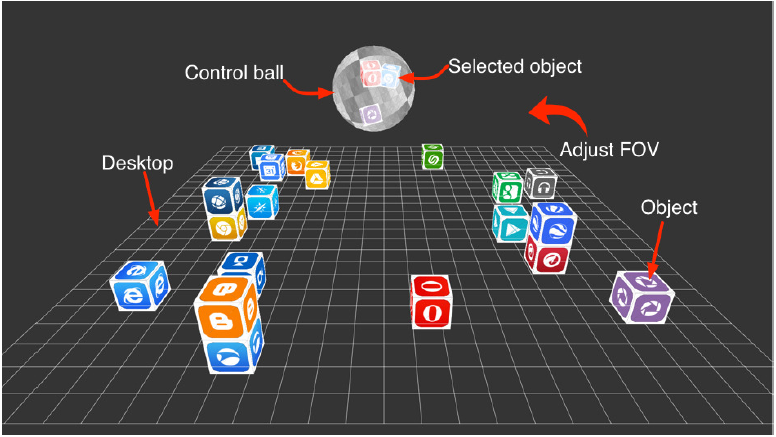
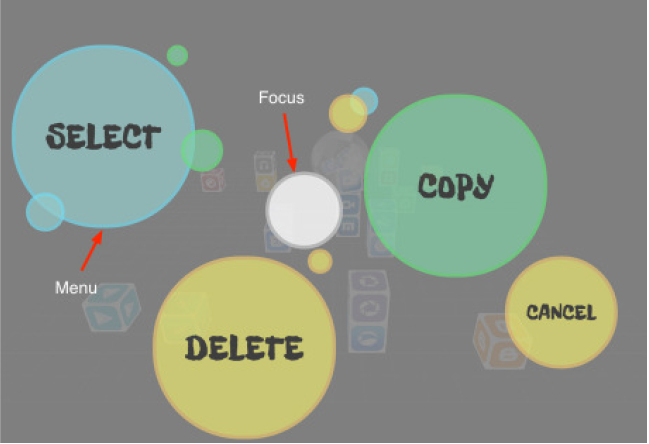
A commodity motion detection and customer behaviour discovery system
We exploit the motion of tagged commodities by leveraging physical-layer information, like phase and RSS, and then design a comprehensive solution to recognize customers’ actions. We employ RSS to detect which commodities are targets of actions and utilize phase to distinguish subtle customer actions.
We propose a RFID based method to collect fine-grained deep shopping data automatically. We explore RF features of backscatter signals with people moving around and fetching tagged goods. We use these features to model and recognize customer actions. In other words, we use the subtle variations and fluctuations in RFID backscatter signals (mainly, RSS values and phase values of received signals) to infer activities of customers in stores. TagBooth is a working system based on COTS RFID devices. Some localization systems may also be modified to collect deep shopping data by finding the location of customers and objects with high accuracy. However, the localization accuracies (around 30 centimeters) achieved by these systems are not enough to distinguish different customer actions, not to say that these systems need expensive devices, such as antenna array, or lots of deployment work, such as reference tags deployment. In contrary, TagBooth is of low cost, non-intrusive and easy to deploy. To validate our design, we build a proof-of-concept prototype and conduct extensive evaluations of TagBooth. Our evaluations of TagBooth show that the accuracy of detecting target commodities is 89.16% and False Positive Rate(FPR) is 6.76%. The precision of action identification is 88.89%. This project is supported by NSF award 1526638.
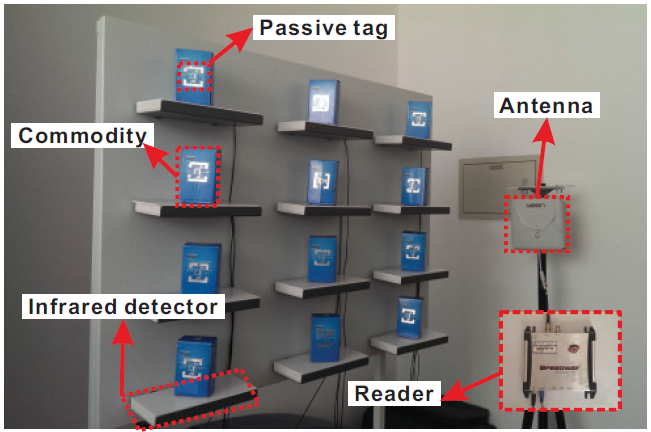
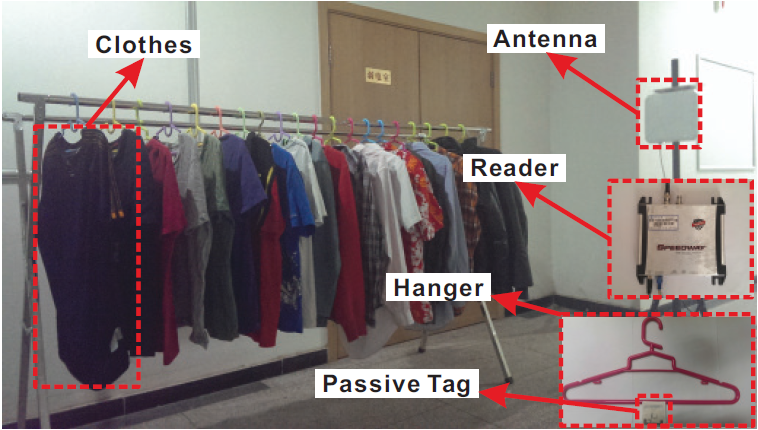
A battery free tracking system (Tadar) for tracking moving objects without instrumenting them
We introduces a low-cost solution (Tardar) to the through-wall tracking of moving objects, enabling civilians to use this technology. We logically transform a group of tags into an antenna array receiving the reflections from surrounding objects and demonstrates a working system implemented purely based on COTS devices and made accessible to the general public.
Tadar can detect object moving behind 8’’ concrete walls, 5’’ hollow walls, and 1.5’’ wooden doors. It can achieve detecting ranges of 4m and 6m on average respectively when pointing at a closed room with 8’’ concrete walls and 5’’ hollow walls supported by steely frames. Tadar can track the moving object in a closed room with median errors of 7.8cm and 20cm in X and Y dimensions when monitoring the room from one side, offering about 3×, 3.5×and 1.3× improvement compared with state of art tracking system. Real world experimetns show that Tadar can correctly decode 93% gestures in our application study where 5 volunteers encode the messages through his/her movements. This project is supported by NSF award 1526638.
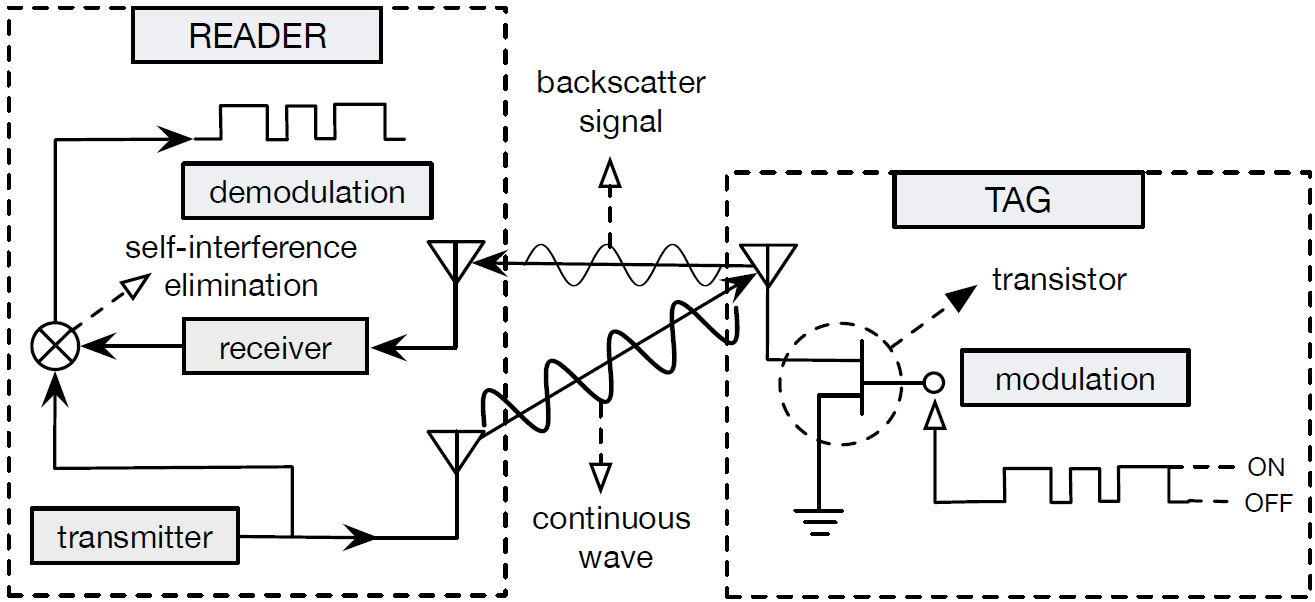
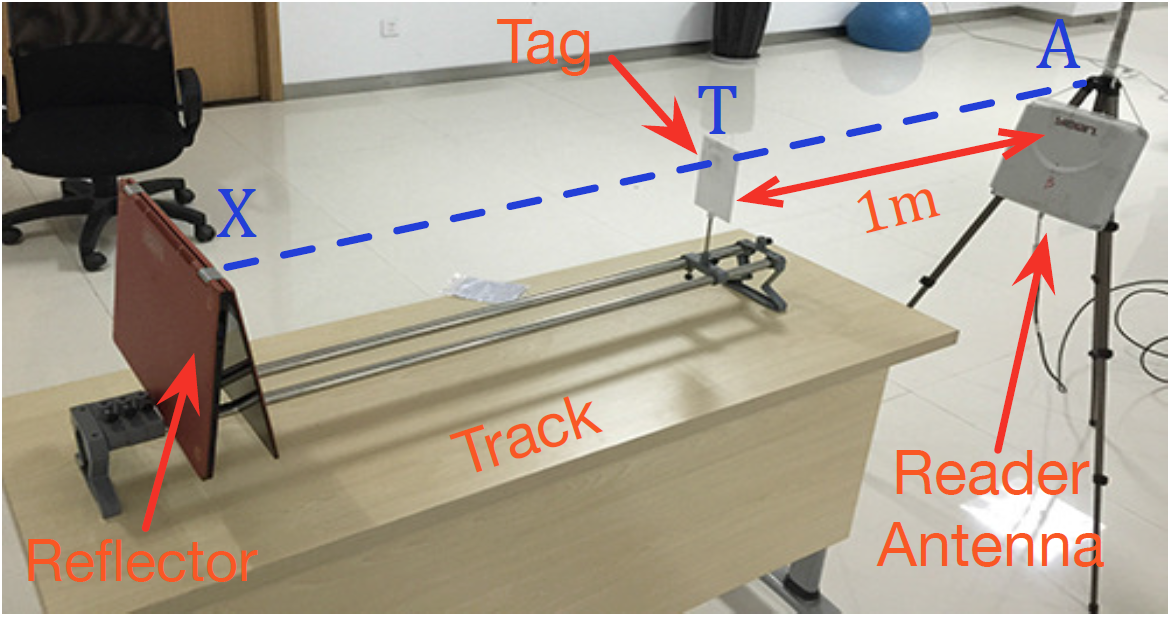
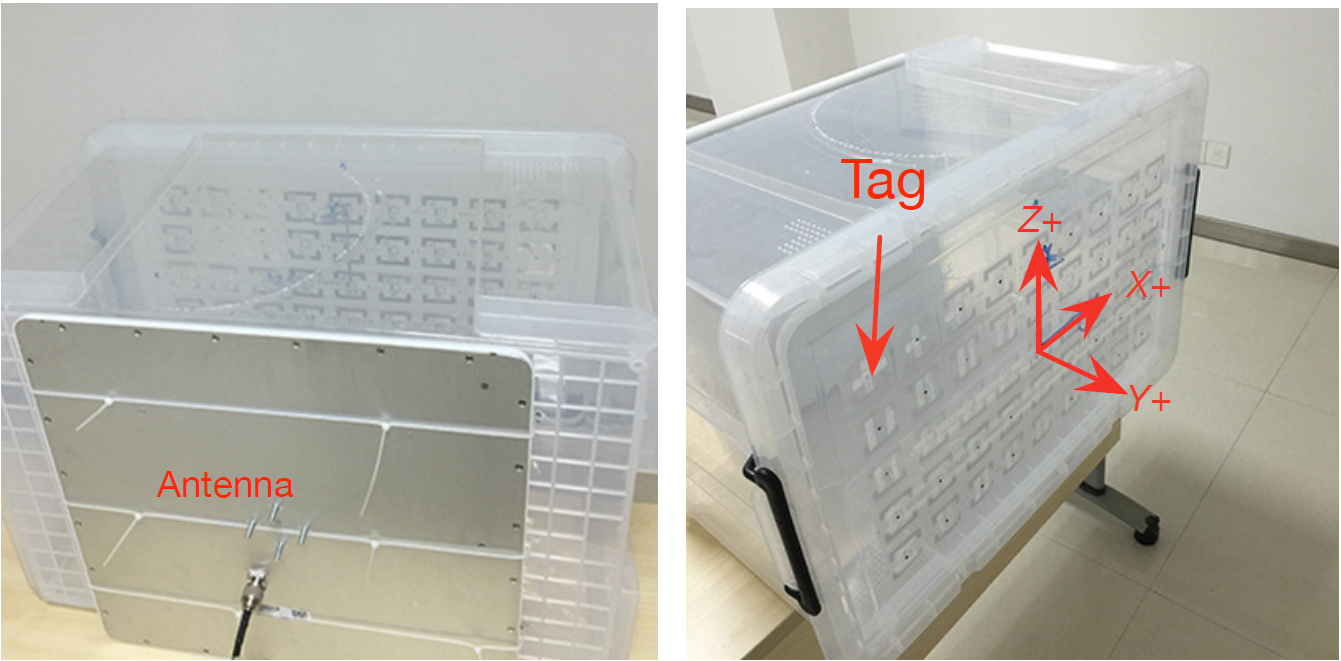
A battery free mechanical vibration monitoring system
We supplement the backscatter communication functionality with fine-grained sensing and realize a battery free system, called Tagbeat, for real-time tracking of vibration using COTS RFID tags and readers. The concept underlying making sense of vibration using RFID is to inspect the vibration through the random and low-frequency readings of tag, where each reading is viewed as one sampling of the vibration.
Tagbeat can exactly recover the signal of high-frequency vibration feeding with over 1-second samples. In LOS scenario, the period error of the recovered vibration signal has the 50th percentile of 0ms and the 90th percentile of 0.5ms. On average, the relative error rate (i.e., the ratio of the error to the true period) of Tagbeat is 0.03%, while that of Laser meter is 0.01%. Such surprisingly high accuracy makes Tagbeat a competent equivalent of specialized sensors. Tagbeat can discover the vibration period with a mean error of 1.56ms when given 3 periods of discrete and noisy samples. Increasing the number of samples to more than 4 periods, it can rapidly reduce the mean period error to 0.011ms. Tagbeat can successfully amplify the micro-vibration with1cm-radius by20×while keeping the period error within 0.5ms This project is supported by NSF award 1526638.
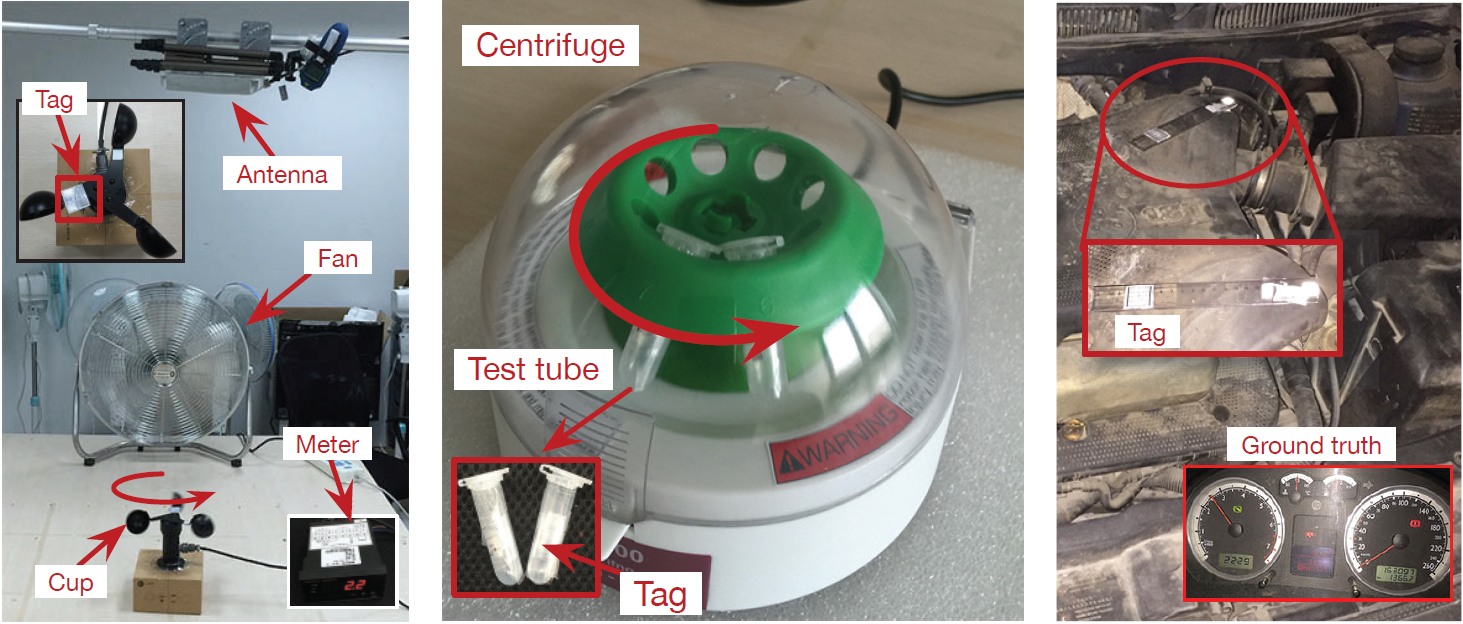
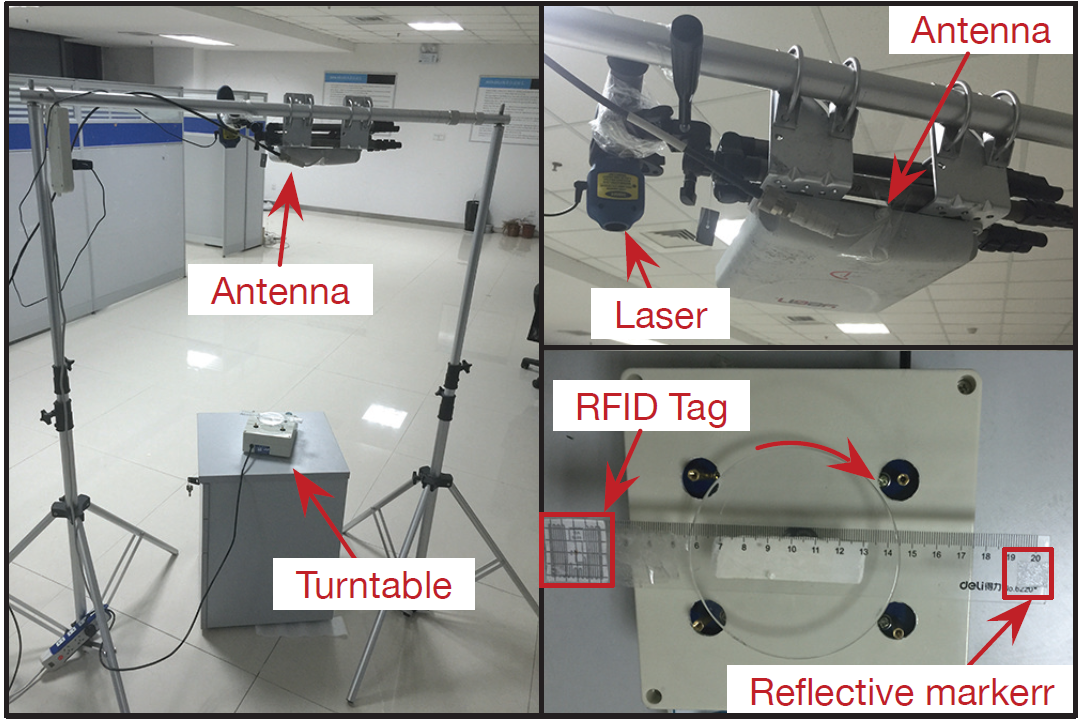
A light-weighted adaptive duty-cycling protocol
We propose a framework for distributed duty-cycling protocol design under different traffic patterns with protocol dynamics. The framework incorporates different impacting factors such as awake time and traffic pattern to optimize energy consumption and derives a method for setting parameters.
We present a framework to qualitatively analyze the significant impact of traffic and protocol dynamics in duty-cycling protocols, as well as apply the analysis to existing protocols and show the problems of real protocol designs. We propose a light-weight distributed duty-cycling protocol design (LAD) which can achieve optimal energy efficiency with different data rates and protocol dynamics in real networks. We implement the protocol in TinyOS with TelosB nodes. The experimental results demonstrate that our protocol can achieve 28.2%-40.1% performance gain compared to existing duty-cycling protocols. This project is supported by NSF award 1526638.
